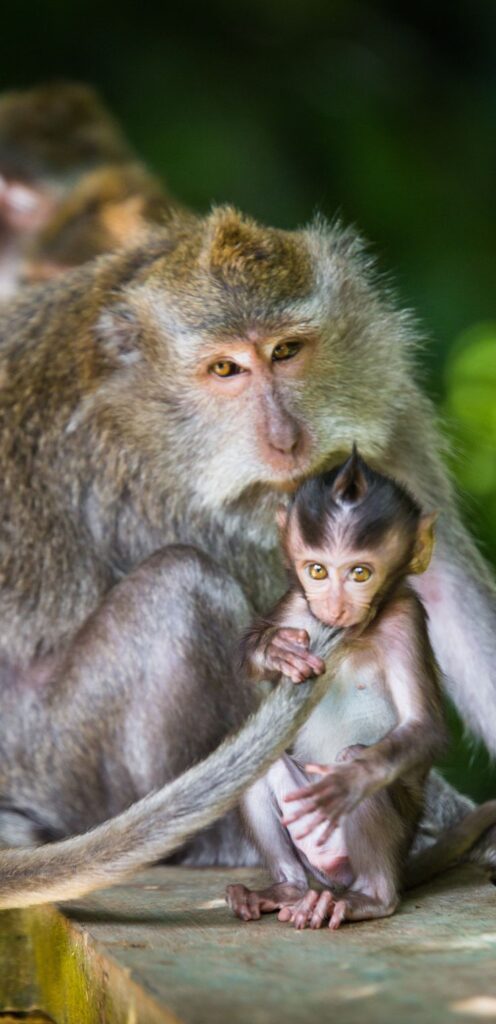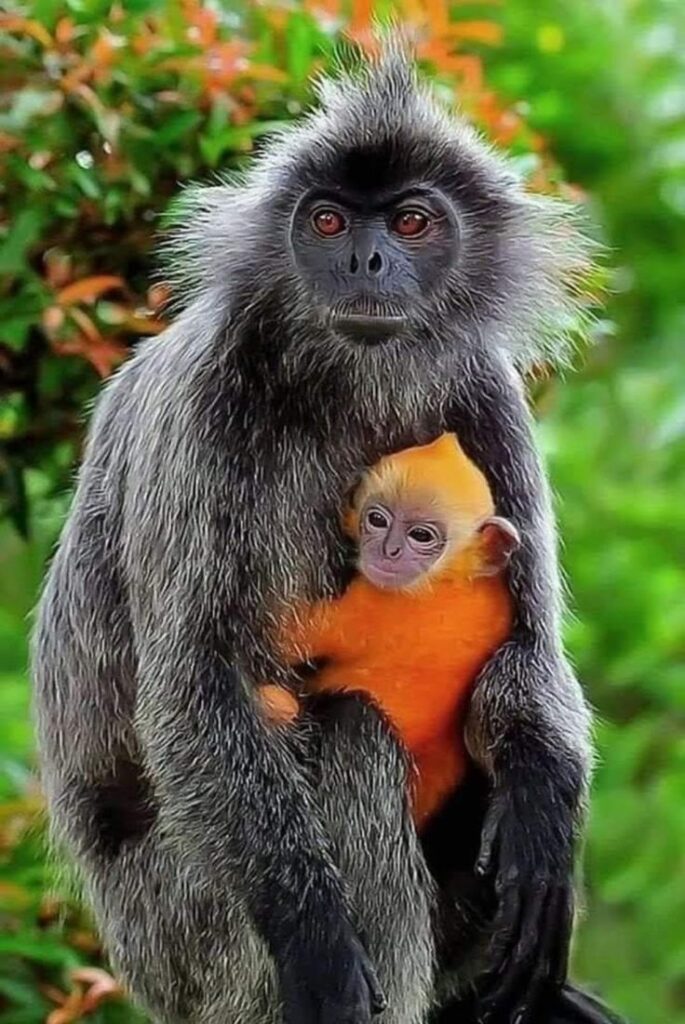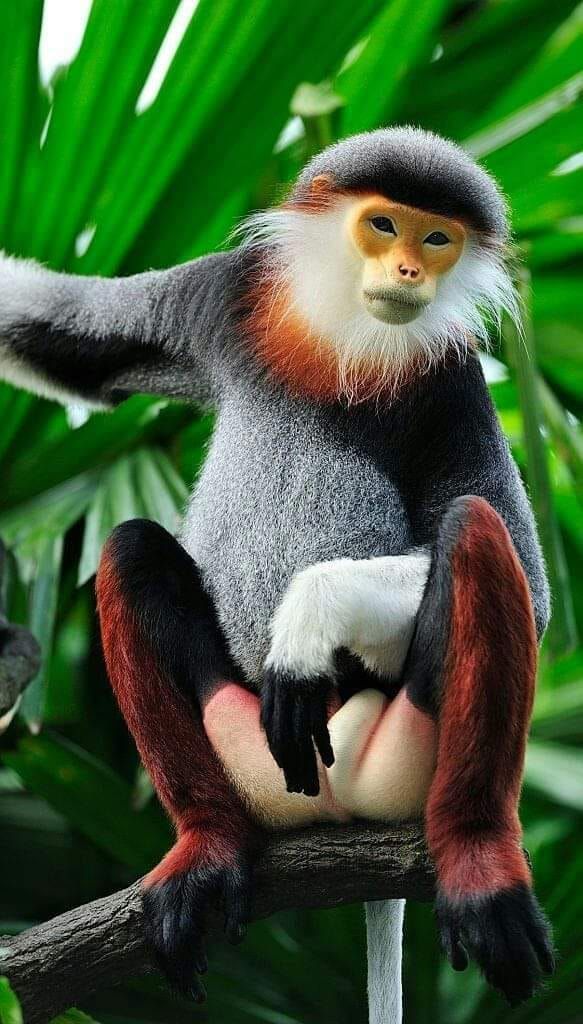
Deep within the lush, tangled forests of the tropics, life buzzes with rhythm and purpose. Amid towering trees and thick canopies, one of the most intelligent and charismatic groups of animals makes its home: the monkeys. From the howler monkeys of Central America to the agile gibbons of Southeast Asia, monkeys are a vital part of forest ecosystems and offer a window into the rich complexity of non-human primate life. This is the Monkey Kingdom — a dynamic world shaped by survival, social bonds, and the ceaseless exploration of the forest around them.
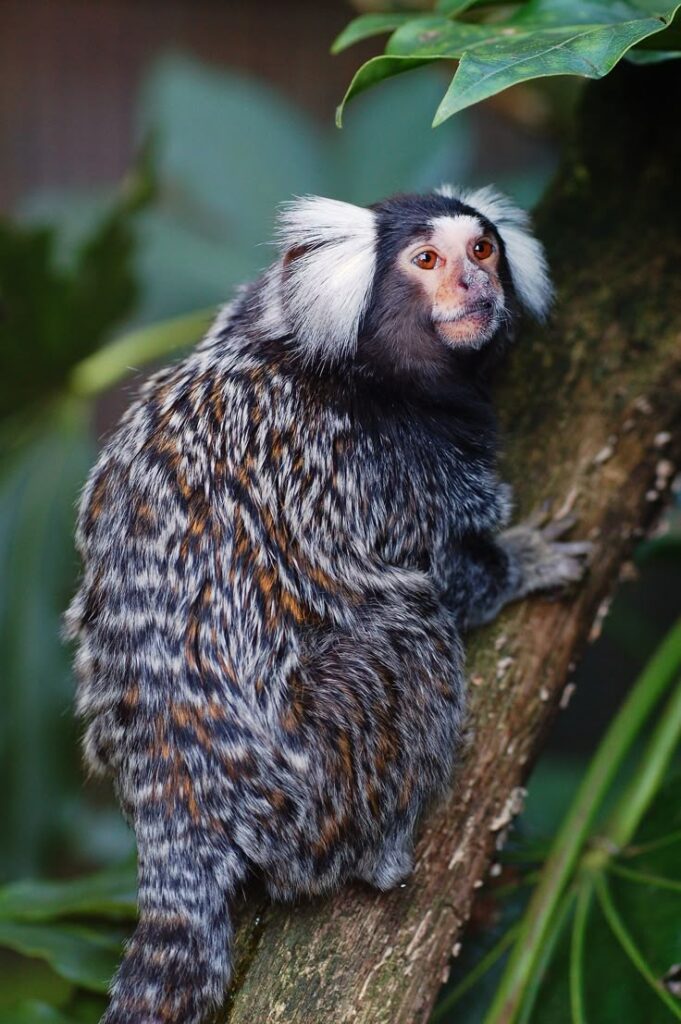

Sunrise in the Canopy
As the first rays of sunlight filter through the trees, the forest begins to stir. Birds call out in a chorus, insects hum softly, and high in the canopy, monkeys awaken. Unlike solitary creatures, most monkeys are highly social animals, living in troops that can range from a few individuals to dozens, even hundreds, depending on the species.
The day often begins with vocalizations. For howler monkeys, their deep, booming calls are not just a morning ritual — they’re a way of marking territory and warning rival groups to stay away. These calls can carry for several kilometers through the dense forest, a kind of primal radio communication in the treetops.
Meanwhile, vervet monkeys or macaques may engage in quieter grooming sessions, reinforcing bonds between group members. Grooming not only removes parasites but is also a crucial tool in monkey society for maintaining alliances and hierarchy.
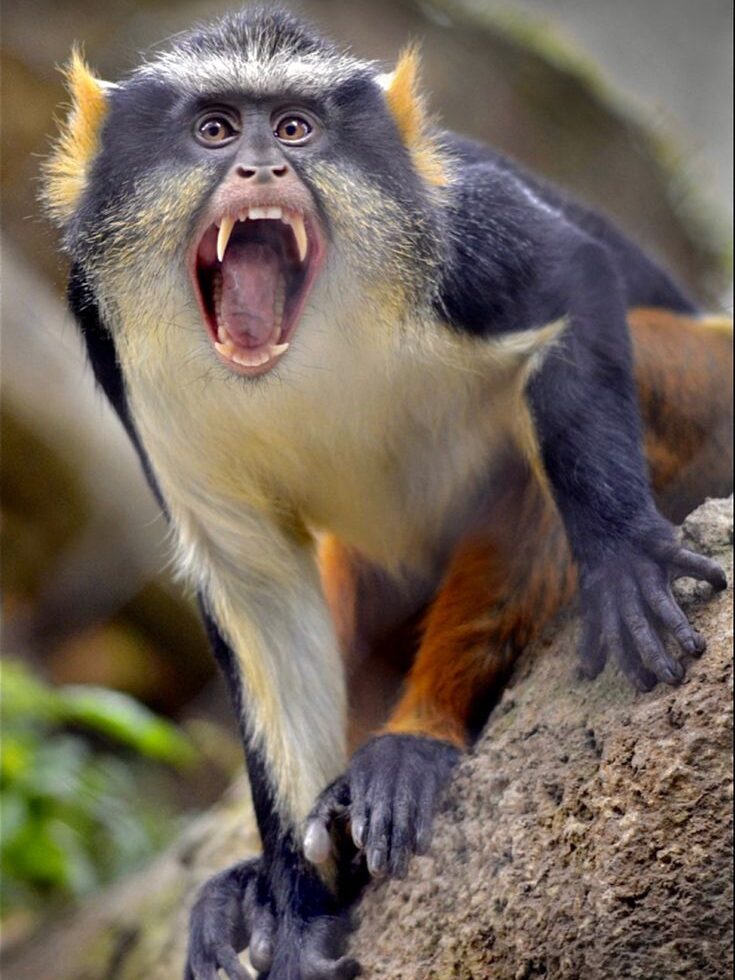

Breakfast in the Jungle
Food is at the center of a monkey’s daily routine. As diurnal animals, monkeys spend much of their day foraging for fruit, leaves, seeds, flowers, bark, and insects. Some species, like capuchins, are opportunistic omnivores and will even eat small animals, eggs, and lizards when available.
The search for food is both a social and strategic effort. Monkeys possess remarkable memory and navigation skills, often remembering the locations of fruiting trees and seasonal food sources. Some species travel several kilometers a day, leaping from branch to branch with astonishing agility.
Juvenile monkeys use these foraging excursions to learn important life skills — identifying edible plants, climbing efficiently, and interpreting social cues. Older monkeys, in turn, use their knowledge to lead the troop and ensure its survival.


Play, Learning, and Social Hierarchies
After feeding, it’s time for the troop to rest, play, and socialize. Young monkeys are particularly energetic, and play serves as their natural school. Games of chase, wrestling, and mock fights are common. These interactions are not just for fun; they teach important survival and social skills like balance, strength, cooperation, and understanding social boundaries.
Monkey societies are complex and hierarchical. In species like rhesus macaques, rank determines access to food and mates. High-ranking individuals may be groomed more often and eat first, while lower-ranking monkeys may need to wait their turn. Social bonds, alliances, and even tactical behavior play roles in navigating this social web.
Females often stay in their natal groups, forming matrilineal lines, while males may leave upon reaching adulthood. However, exceptions exist, and social structure varies widely among species. For example, gibbons are monogamous and live in small family groups, whereas baboons form large troops with elaborate social systems.


Survival and Threats
Life in the forest isn’t without danger. Monkeys must constantly be alert for predators such as big cats, snakes, birds of prey, and even humans. Their survival strategies include alarm calls, group defense tactics, and their exceptional climbing and jumping skills. Vervet monkeys, for instance, have distinct alarm calls for different predators, warning others whether a leopard is nearby or a snake is slithering through the grass.
But the greatest threat to monkeys today is not from natural predators — it’s from habitat loss and human activity. Deforestation, hunting, and the illegal pet trade have decimated monkey populations around the world. As humans expand into forested areas, the Monkey Kingdom is shrinking.
Many monkeys are now classified as endangered, and conservationists are working to protect their habitats and educate local communities about the importance of primates in maintaining the balance of forest ecosystems.
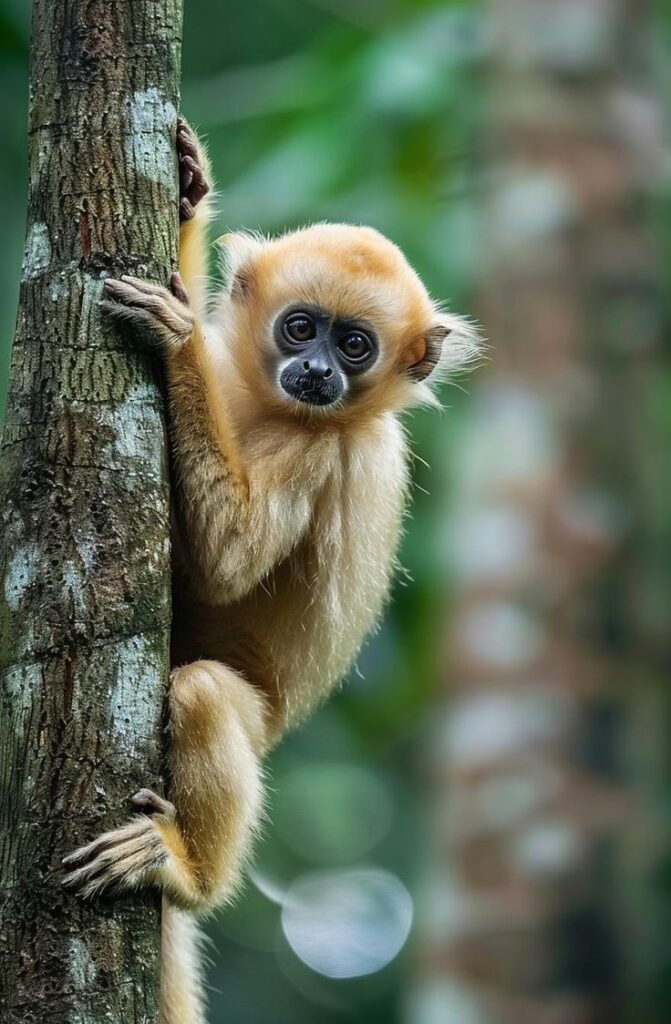

Intelligence in Action
What sets monkeys apart from many other forest dwellers is their intelligence. Monkeys use tools, solve puzzles, and even exhibit forms of culture. Capuchins have been observed using stones to crack open nuts, and long-tailed macaques in Thailand use hair from human tourists to floss their teeth.
Communication among monkeys is also rich and diverse. It includes vocal calls, facial expressions, body posture, and tactile gestures. Some studies suggest that certain monkey species can combine calls to form rudimentary syntax — a building block of language.
In addition to solving practical problems, monkeys display emotional intelligence. They show empathy, express grief, form lifelong friendships, and engage in reconciliation after conflicts. Such behaviors hint at the depth of their inner lives and challenge the long-held notion that complex emotions are uniquely human.
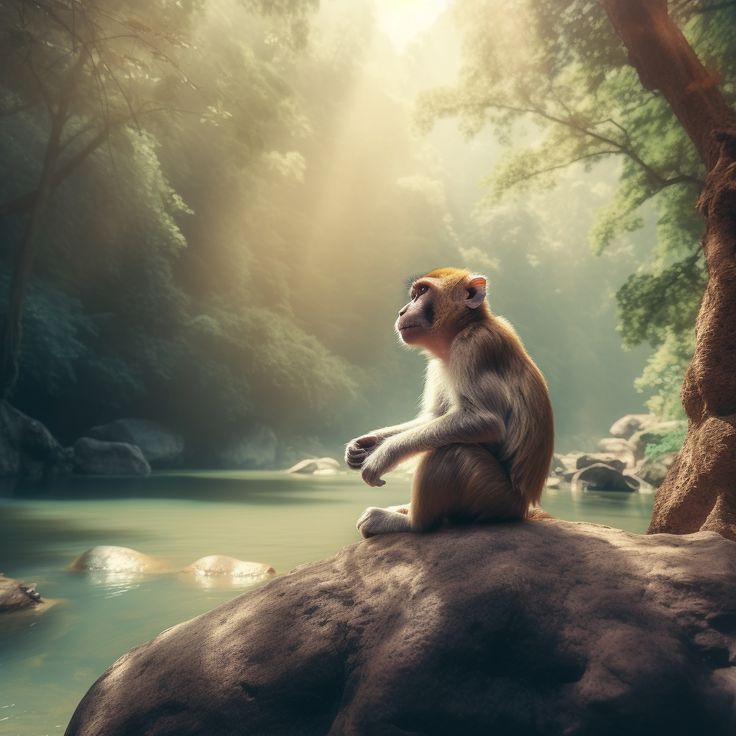

Midday Heat and Rest
As the sun reaches its peak and the forest becomes hot and still, the Monkey Kingdom slows down. Monkeys retreat to shaded branches to rest, groom, and nap. This period of inactivity is essential for conserving energy and maintaining group cohesion.
During this time, mothers care for their infants, who cling to them tightly or practice climbing on nearby vines. The maternal bond in monkeys is incredibly strong, and young monkeys depend on their mothers for nutrition, protection, and learning during the early stages of life.
Afternoon Foraging and Travel
As the forest begins to cool in the late afternoon, the troop becomes active again. They may move to new feeding grounds, check fruit trees, or search for insects in bark and leaves. In this mobile lifestyle, decision-making is often shared. Some species exhibit leadership, while others rely on collective behavior to determine direction.
This second round of foraging is critical for energy intake. Some monkeys have cheek pouches — like macaques — that allow them to store food and eat later in safer conditions. Others rely on teamwork to fend off rival troops or access difficult-to-reach resources.


Evening Retreat and Nightfall
As dusk approaches, monkeys begin looking for safe places to sleep. For arboreal species, sleeping high in the trees helps protect them from ground predators. Some, like howler monkeys, select high, exposed branches to watch for danger. Others may return to known sleeping sites used by the group for generations.
Night in the forest is a time of quiet and vulnerability. Monkeys, being primarily diurnal, rely on rest to recharge for the next day’s demands. They huddle together for warmth and safety, their bodies touching, forming a final moment of connection before sleep.


Why the Monkey Kingdom Matters
Monkeys are not just fascinating creatures — they are key players in forest ecosystems. By dispersing seeds through their droppings, they help regenerate plant life and maintain forest biodiversity. Their behavior influences the dynamics of countless other species.
Studying monkeys also brings us closer to understanding our own evolution. As fellow primates, monkeys share many cognitive and social traits with humans, offering insight into the origins of cooperation, empathy, communication, and culture.
The Monkey Kingdom is, in many ways, a mirror of ourselves — wild, intelligent, emotional, and deeply social. Protecting them means protecting a part of our own story.
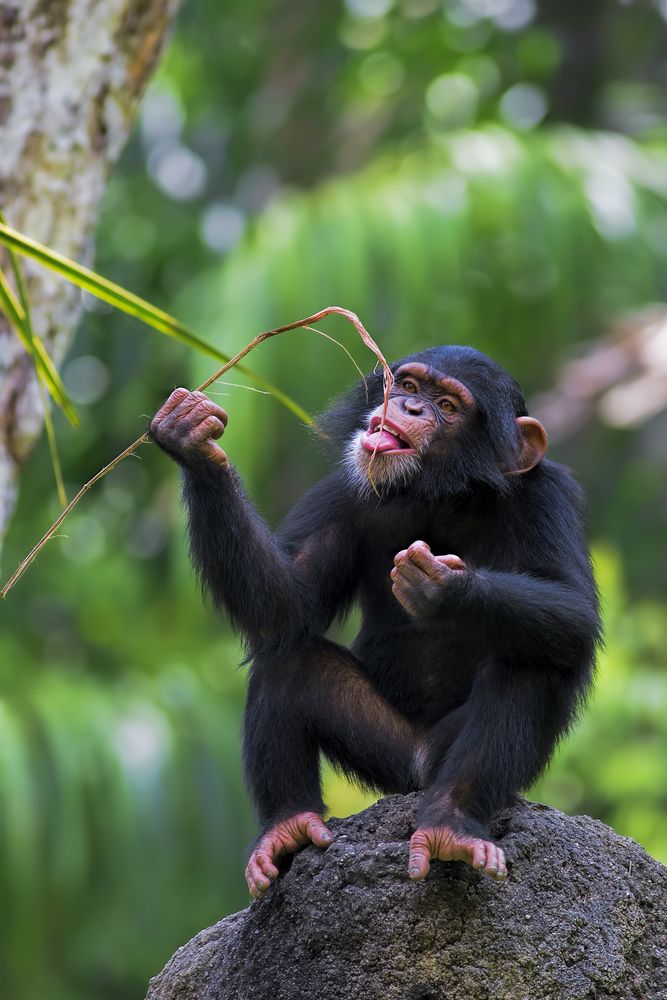

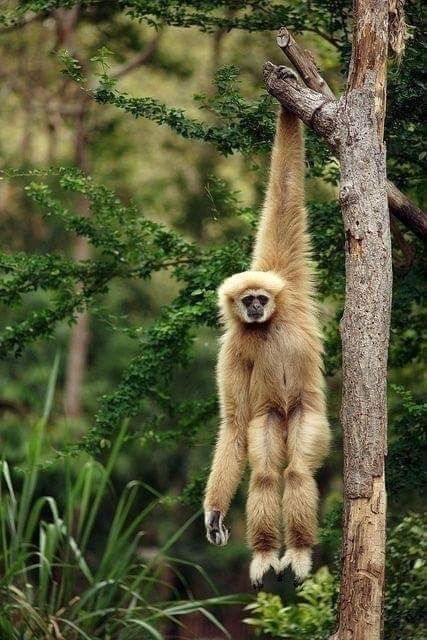

Final Thoughts
A day in the life of a forest monkey is far more than swinging through trees or eating bananas. It is a life of complexity, challenge, and beauty. From sunrise calls to bedtime grooming, every moment is rich with meaning. Troops must navigate the demands of their environment, uphold their social order, and raise their young — all while facing increasing threats from the outside world.
As we learn more about these remarkable creatures, the hope is that awareness transforms into action. By preserving forests and respecting the lives within them, we ensure that the Monkey Kingdom continues to thrive — not just as a subject of study or wonder, but as a living, breathing part of our planet’s future.


